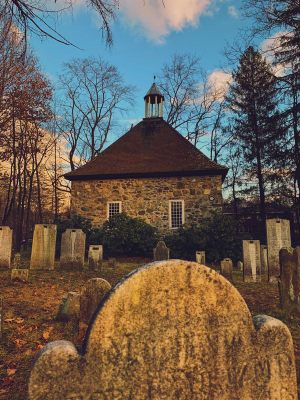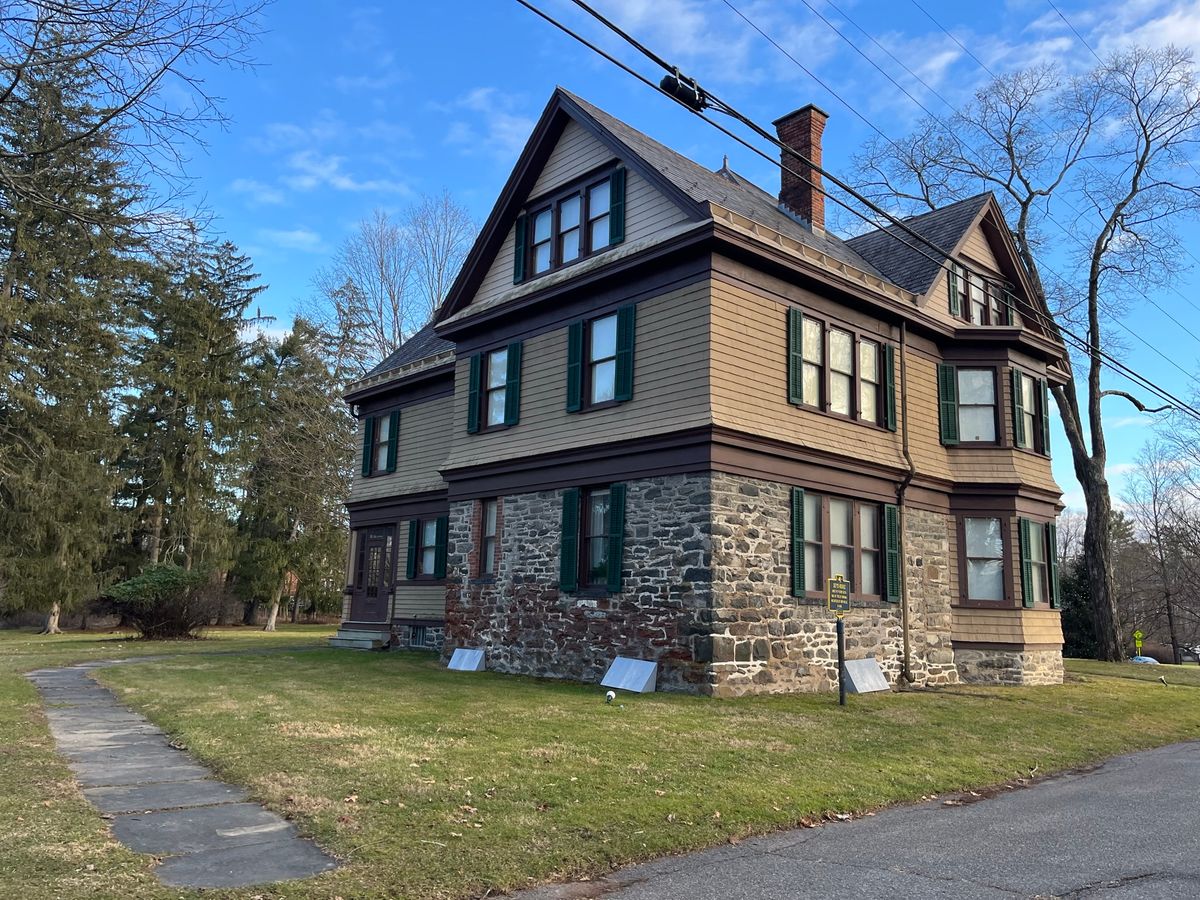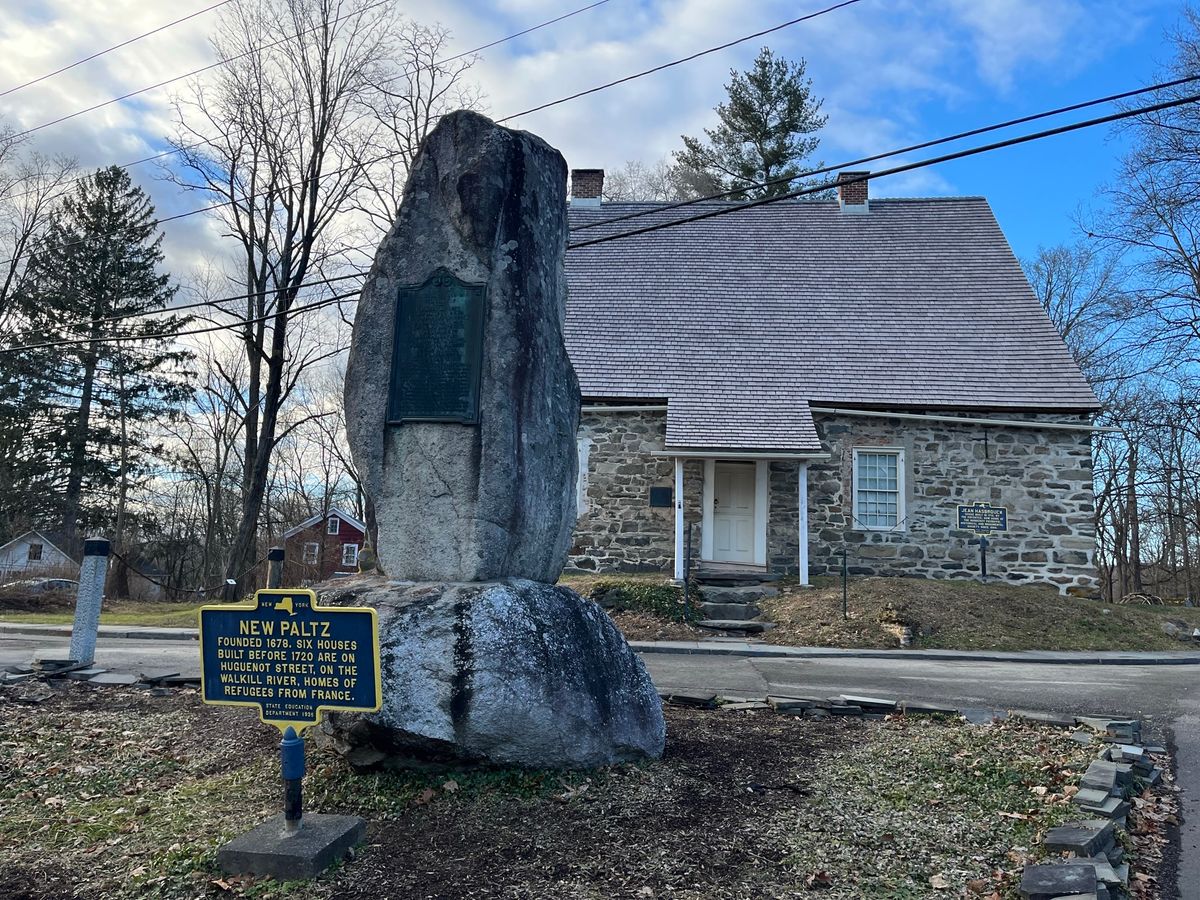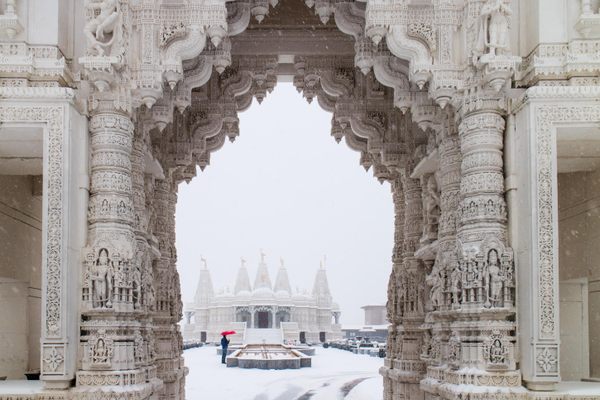About
The Huguenots, a group of French Protestants who followed religious reformer John Calvin, fled France in the 17th century to escape religious persecution and outright warfare between Catholics and Protestants. Along the way, they formed a small community in upstate New York that included a street that people still live on today.
Among the Huguenots who left France were a group of families from the northern part of the country. They first found refuge in a Protestant area of present-day Germant called, die Pfalz. From there, they came to the Protestant-friendly Dutch colony of New Netherland and the Hudson River town of Wiltwijck, today known as Kingston, New York. Though they were accepted there, 12 French Huguenot families decided to relocate farther south on the Hudson in an effort to preserve their religion and traditional values. In 1677, they bought 40,000 acres of land from the Esopus Munsee tribe and settled by the Wallkill River the following year. The families named their settlement New Paltz, after the region in Germany where they first found asylum ["Paltz" was the Rhenish Palatinate in their dialect of German]. It was a remote, secluded area where they hoped their way of life could proceed undisturbed.
In 1894, the descendants of the original settlers formed the Huguenot Patriotic, Historical, and Monumental Society and bought the Jean Hasbrouck House, hoping to display their historical artifacts. Soon, they began purchasing other ancestral homes and buildings in an effort to preserve both their personal history and the community's origins. In 1964, their street became a National Historic Landmark District and it currently comprises 30 historic buildings across 10 acres, including seven stone houses from the early 1700s. Today, Historic Huguenot Street is generally considered the oldest continuously inhabited street in America.
The Jean Hasbrouck House is one of the main attractions on Huguenot Street and is a separate National Historic Landmark. It was built in 1721 by Jacob Hasbrouck and served as the family home and as the village store. Three slaves—named Gerritt, James, and Molly in Jean's will—also lived on the premises. The family lived in this house for several generations. Josiah Hasbrouck was a congressman in the Jefferson and Madison administrations; he also built the nearby Locust Lawn Estate farm complex. The house was purchased by the Society and opened to the public in 1899.
The Walloon Church at New Paltz is another interesting relic. Though the settlers were French, their homes were built in the Dutch style and by the 1750s, due to a lack of French-speaking ministers, their church services were also conducted in Dutch. By the 1800s, they had converted their services to English. Yet, despite the linguistic reworkings, religion was still the mainstay of their culture. Their first service was held in 1683 and the first church was built in 1717. Today's Walloon Church at New Paltz is a replica of 1700s version. Though the church is not the original stone building, the 17th-century gravestones of the original settlers can still be found there.
Related Tags
Know Before You Go
Take the New York State Thruway (I-87) to Exit 18. Travel west on Route 299 and make a right onto Route 32. Turn left onto North Front Street and follow the signs to parking. You can walk from the parking lot to the Visitor Center.
Community Contributors
Added By
Published
December 2, 2010
























































































